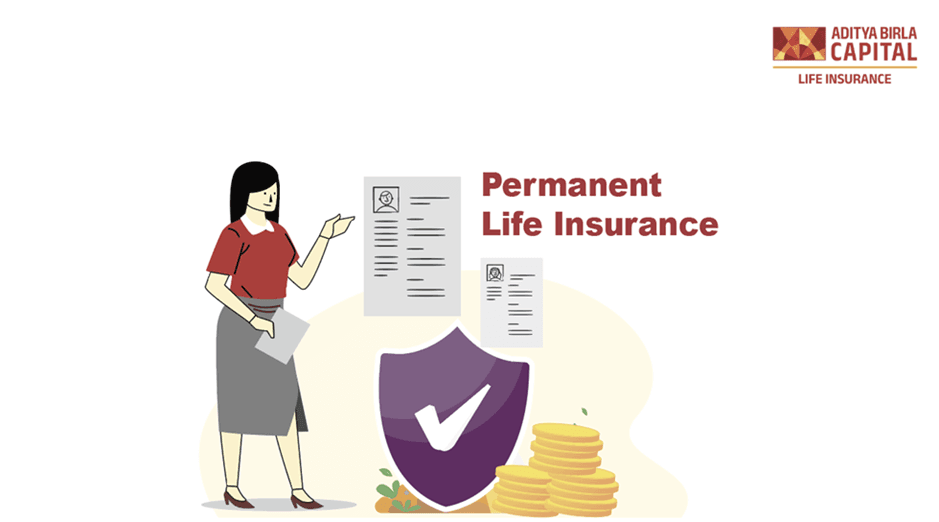We all love a little extra something, don’t we? An unexpected perk at work, a cashback after shopping, or even just an extra helping of our favourite dish. These little things in life can brighten up an otherwise dull day.
Your life insurance policy, too, may come with such little joys, aka - bonuses.
How do they work? Come, let’s find out!
Which Life Insurance Policies offer bonus
There are generally two types of policies -
- Participating Policy:
It allows you to participate in the profits of your life insurance company. This policy offers variable bonuses - along with the maturity or death benefit.
- Non-participating policy: As the name suggests, you, the policyholder, do not participate in the profits of your life insurance provider. There is no variable benefit like dividends or bonuses - but only guaranteed# benefits on death and maturity.
What is a life insurance bonus?
To keep a policy active, you need to pay the premiums. Your claims are settled using the premiums you pay. Claims may not arise every day. In such cases, the amount paid shall remain with the company.
The insurance company collects and invests your premiums into approved financial tools, like - government bonds, stock market, equity instruments, debt instruments - depending on the product. Therefore, by selling more policies in a year, receiving lesser claims, and getting good returns from investments - an insurer earns profits. These profits are given to you as bonuses.
Bonuses are determined based on -
- The insurance company
- Type of policy
- How long the policy is in force
If you hold a participating policy, you can make use of the bonuses and/or dividends in different ways -
- You can receive the payouts as and when they are made by the insurance company.
- You can use these payouts to pay the premium due on your policy.
- You can also deposit the bonuses/dividends to the insurance company, and generate interest on the funds.
There are several types of bonuses payable under Life Insurance. In this article, we will have an in-depth discussion about one such type- Reversionary Bonus.
What is Reversionary Bonus under a life insurance policy?
The profits allocated to your participating plan are paid in the form of many types of bonuses. One of them is Reversionary Bonus. It keeps getting accumulated every year under your policy. It is then paid either to you when the policy matures, or to your nominee - in case you don’t survive the policy term.
The reversionary bonus rate is calculated as a certain percentage of the sum assured. The formula is as follows -
Reversionary Bonus = Sum Assured X Reversionary Bonus Rate declared by the insurer
Types of Reversionary Bonuses
It is of two types, as discussed below -
Simple Reversionary Bonus
As the name suggests, Simple Reversionary Bonuses are relatively simpler and easier to calculate. It is generally declared at the end of each financial year and keeps getting accumulated - until the policy matures or in case you pass away, whichever occurs first. Hence, the bonus is paid in addition to the maturity or death benefits.
It is calculated as per the following formula -
Reversionary bonus rate declared by the insurance company X Sum assured chosen by you
Let’s take an example to understand this better.
Drishti buys a Participating Endowment policy with a sum assured of Rs. 30 lakhs. The Simple Reversionary Bonus offered by the policy is at the rate of 4% of the sum assured.
|
Sum Assured
|
Rs. 30,00,000
|
|
Reversionary Bonus Rate
|
4%
|
|
Simple Reversionary Bonus Payable Every Year
|
Rs. (30,00,000 X 4%)
= Rs. 1,20,000
|
Therefore,
➔ If Drishti survives the policy term, Rs. 1.2 lakhs that got accumulated every year will be paid to her when the policy matures,
➔ If Drishti passes away, the amount accumulated shall be paid to her nominee along with the death benefit.
Compound Reversionary Bonus
It is a lot like a simple reversionary bonus, except for one key difference. Compound reversionary bonus factors the reversionary bonus rate into both-
➔ Sum assured, and
➔ Bonus that has already been accumulated in the previous year.
Let's take Drishti’s example again. Suppose, the policy offers a compound reversionary bonus at a rate of 4%. Then here's how Drishti’s bonus will be calculated each year -
|
Financial Year
|
Sum Assured
|
Bonus Amount
|
|
Year 1
|
Rs. 30,00,000
|
Rs. 1,20,000
(4% of Rs. 30,00,000)
|
|
Year 2
|
Rs. 31,20,000
(Rs. 30,00,000 sum assured + Rs. 1,20,000 bonus)
|
Rs. 1,24,800
(4% of Rs. 31,20,000)
|
|
Year 3
|
Rs. 32,44,800
(Rs. 31,20,000 sum assured + Rs. 1,24,800 bonus)
|
Rs. 1,29,792
(4% of Rs. 32,44,800)
|
This continues till the policy expires, or Drishti, the policyholder, passes away.
Wrapping up!
The bonuses you receive depend on the life insurance plan you choose and the insurer you opt for. Before buying a plan, check the plan brochure thoroughly, and ask your insurer if you have any queries. Also, look at the insurance company profile, its past records and its ability to make profits. Only a company that makes good profits can give you good bonuses. We hope you take your time and make a good purchase.












